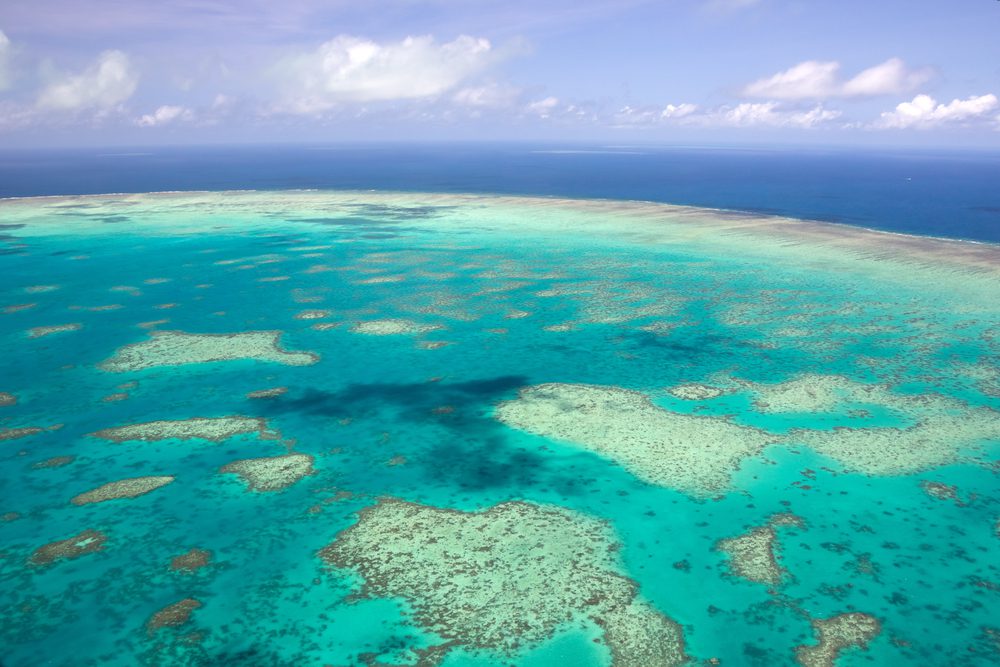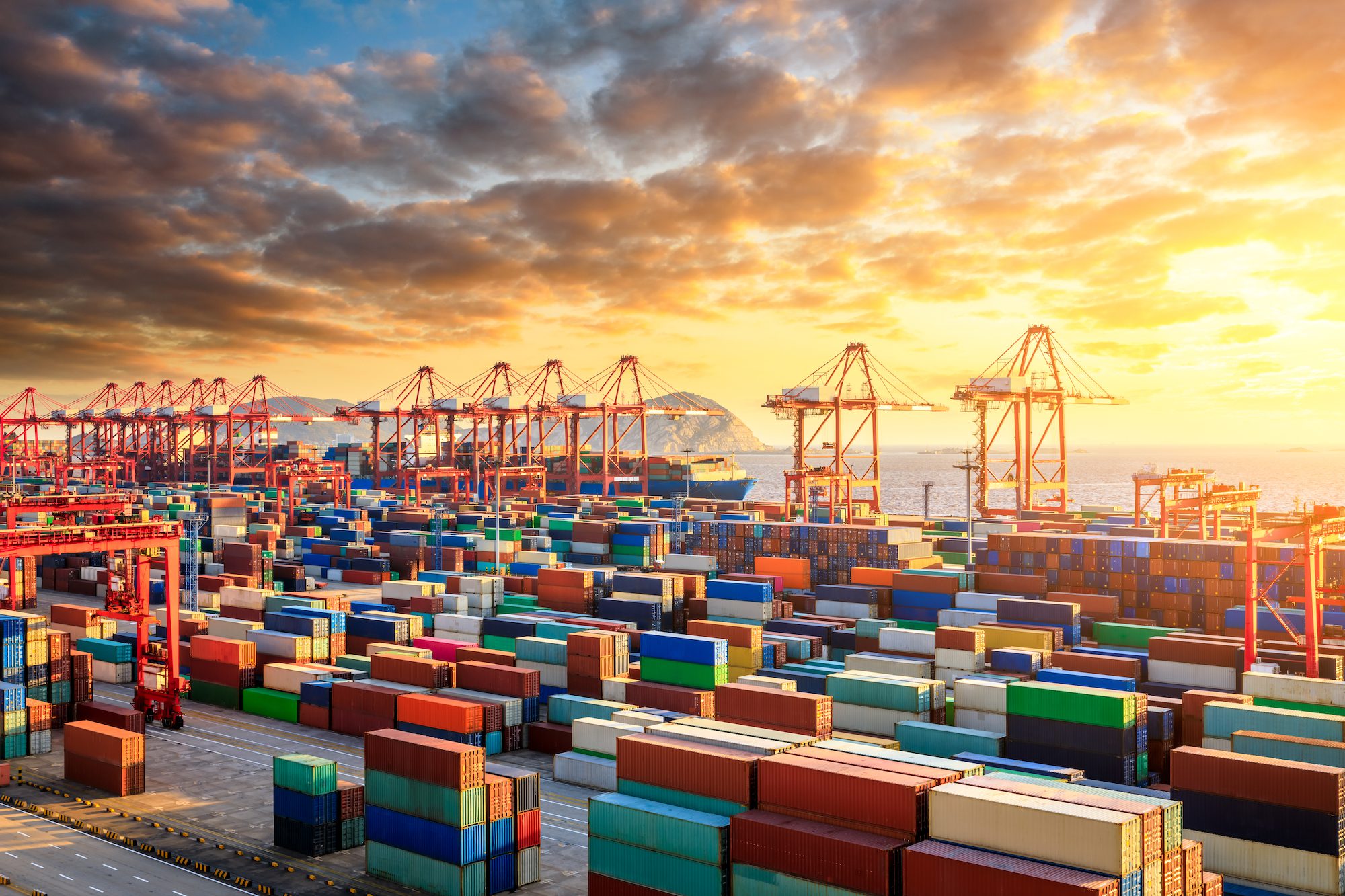 By David Gray
By David Gray
LADY ELLIOT ISLAND, Australia, June 29 (Reuters) – With the Australian sun illuminating the crystal clear waters of the Great Barrier Reef in all their glory, UNESCO World Heritage delegates snorkelled for hours surrounded by manta rays, dolphins and reef sharks.
Their mission was to check the health of the world’s largest living ecosystem, thousands of multi-coloured coral reefs stretching over 2,000 km (1,200 miles) off the northeast coast which bring in billions of dollars a year in tourism. Some coral has been badly damaged and some animal species, including dugong and large green turtles, are threatened.
UNESCO will announce on Wednesday whether it is going to place the reef, larger than the United Kingdom, Holland and Switzerland combined, on a list of endangered World Heritage sites, a move the Australian government wants to avoid at all costs.
Such a listing could lead to restrictions on shipping and port expansions that could hit Australia’s trade in commodities and energy.
Government ministers have been lobbying hard overseas, while the UNESCO delegates snorkelled in the least damaged area of the reef following a warning by the UN body that the reef risked a blacklisting.
Peter Gash, managing director of the Lady Elliot Island Eco-Resort on the southern end of the reef, hopes it is mission accomplished for the government.
“I have no doubt that they (UNESCO delegates) had a perception that the barrier reef was dead. That it was doomed, it was down, it was in a bad place. And that’s not the case at all,” Gash told Reuters.
“It’s my belief, and it’s the belief of many people, that the barrier reef has turned the corner and it’s slowly improving.”
But not everyone is convinced. In 2010, a Chinese coal carrier ran aground on the reef, provoking an international outcry. Since then, there has been renewed concern about development, particularly coal mining in the northeastern state of Queensland and shipping.
Greenpeace said 50 percent of the reef’s coral cover had been lost in the last 30 years. Earlier this year, UNESCO said the reef’s outlook was “poor”.
The government says UN delegates spent the bulk of their visit to Queensland hearing detailed scientific rundowns on the reef.
Locals said the visitors spent a lot of time cavorting with the animals at one of the few remaining unspoiled stretches of the reef.
Felicity Wishart, Great Barrier Reef campaign director at the Australian Marine Conservation Society, has no doubt why Lady Elliot Island was chosen for the field trip.
“It’s one of the most stunning islands in the reef system. It’s also in the outer reef … So it’s about as far east of the coastline that you can get,” she told Reuters, pointing out that most damage is done closer to the mainland.
“We have to look at the overall health of the reef, not just an individual spot.”
Wishart pointed to a 2014 report released by the Great Barrier Marine Park Authority, in which major questions were raised about the reef’s future.
“There is no doubt that the reef is still in serious environmental danger,” she said.
(For a picture gallery, please click on http://widerimage.reuters.com/story/great-barrier-reef-at-risk) ($1 = A$1.3) (Additional reporting by Sonali Paul in Melbourne and Matt Siegel in Sydney; Editing by Nick Macfie and Sonya Hepinstall)
(c) Copyright Thomson Reuters 2015.

 Join The Club
Join The Club











